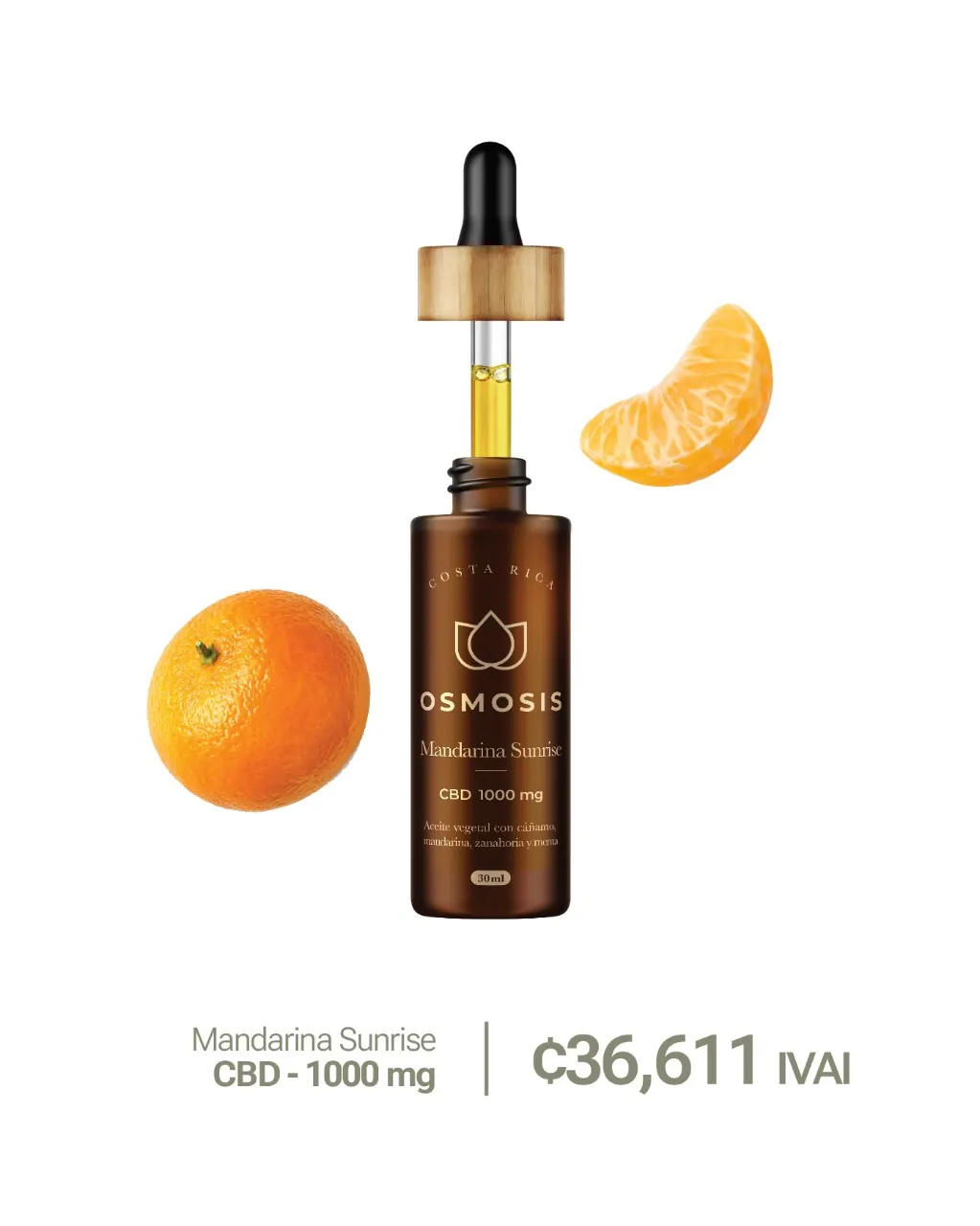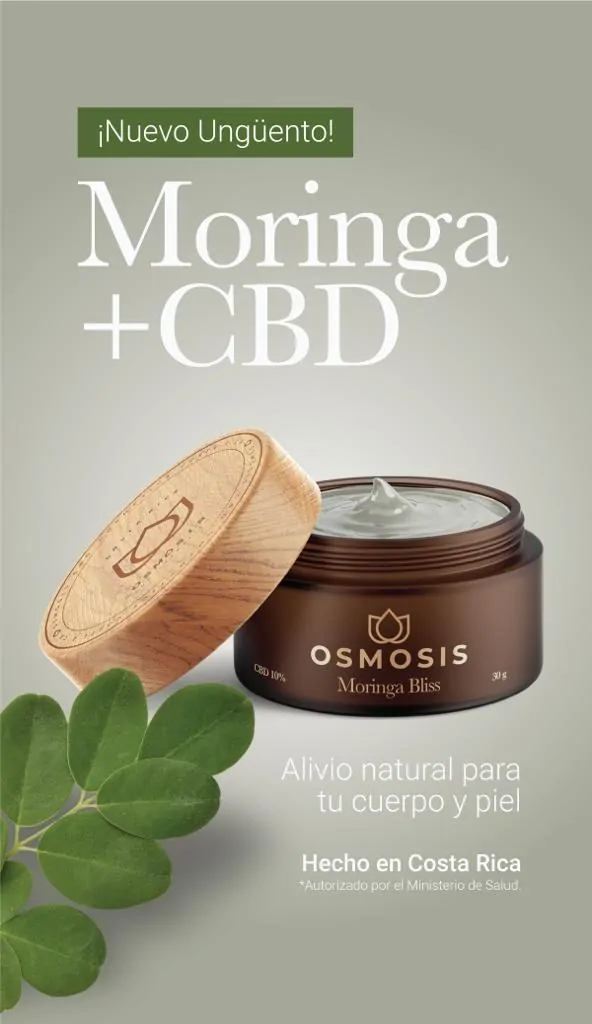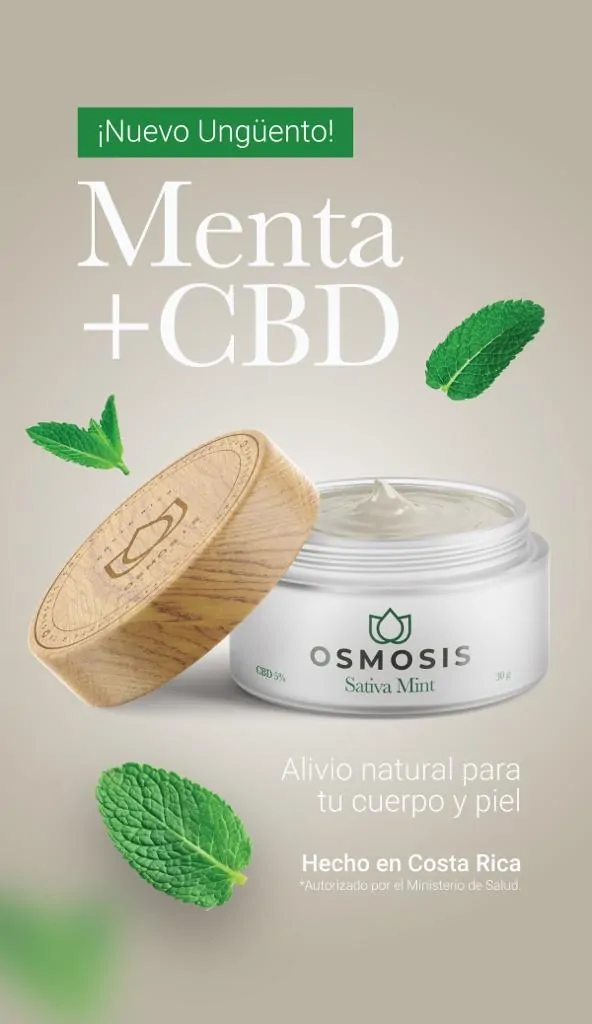Hippocrates of Kos lived from 460 BC to 370 BC. He revolutionized medicine in his time and one of his legacies is the theory that the body has the intrinsic capacity to heal and take care of itself. For this reason he was reluctant to use drugs in his patients. He acquired a deep commitment to the sick person.
Today, almost 2500 years later, medical graduates take the Hippocratic oath as did the disciples of Hippocrates. They swore, in essence, “to carry out no purpose other than the good and health of the sick.”
Time to “evolve”
In 1910, a millionaire man who was neither a doctor nor a scientist and who ran a for-profit university in Kentucky, named Abraham Flexner, presented a report that sought to unify the teaching of medicine under a system that was very profitable on a financial level. This document was sponsored by the foundation of Andrew Carnegie, a steel industrialist who came to have the most profitable company in the world.
The proposal for evolution described in the Flexner report had five central points:
- 1. There are too many untrained doctors in the U.S.
- 2. There are too many commercial medical schools.
- 3. The last 25 years (before 1910) have seen the creation and advancement of medical laboratories. However, many schools still do not have laboratories.
- 4. Many medical schools do not have strict enough entry criteria.
- 5. Every medical school needs a teaching hospital, or it can’t function.
Thanks to Carnegie’s economic and political influence, the American Medical Association (AMA) published a booklet called “Medical Education in the United States and Canada.” This process of change relegated traditional and ancestral medicine to a plane of informality and took away its veracity and credibility.
University laboratories based their studies of medicines on the natural sources that were traditionally used, with the difference that they were synthetic compounds that assimilated the molecular formation of plants, but these new products become patents, therefore, they are money.
For his part, John D. Rockefeller had created a chemical industry that synthesized petroleum derivatives and saw in medicine a very interesting market. For this reason, he created a non-profit organization that donated a lot of money to the medical schools that followed Flexner’s advice, as this benefited his chemical business that was on the rise.
From that moment “Big Pharma” was born, a derogatory term that refers to the top 10 pharmaceutical companies today and that encourage the use of “one pill for everything”. They are currently responsible for researching, promoting, selling, distributing, and reporting on side or undesirable effects of their own medicines.
In 2021, the total sales of the 20 largest pharmaceutical companies in the world amounted to $821 billion. Specialized magazines and media such as DW, claim that the most profitable and best-selling drugs are those that focus on chronic conditions, such as diabetes and cancer.
Janssen (Johnson & Johnson), was the company that led sales in 2021: $ 93,700 million. Its two fastest growing units were the pharmaceutical division (where its Sars-Cov-2 vaccine stands out) and the medical devices unit (e.g. ventilators). Combined they added a growth of 30% for the giant North American company.
The important decisions countries make regarding health are largely determined by industry. These exert pressure on governments, as they are the ones who dominate the training agenda of doctors, the research agenda and dominate the public agenda in health; according to statements by the former director general of Health of Spain, Ildefonso Hernández.
“The pharmaceutical industry has tens of thousands of people, well paid, well prepared, who only think about selling more to whoever buys from them; and in Spain who buys them is the National Health System,” said Joan-Ramón Laporte, Director of the Institut Catalá Farmacología Foundation, in Spain.
In addition, he referred to the possibility that a doctor has in the National Health System to be able to choose between 15 thousand drugs to prescribe to his patients. These inputs have been recommended and explained by company representatives, not by impartial or governmental bodies.
“It is impossible for a doctor to manage knowledge about 15,000 medicines. I am a pharmacologist, with more than 40 years of experience and I can say that I know in depth a few dozen medicines (…) continuous medical training, in Spain, is financed and organized by pharmacological companies in more than 90%. Health congresses are organized by scientific societies, these are financed, at least, 80% by the pharmaceutical industry.” Laporte concluded.
Meeting of 73 and banning millions of people
The aspirations of the companies and their discrediting of the natural medicine that had cemented Western medicine reached such a point that the winning nations of World War II (the United States and the Allies) created a new Classification of “medicinal” Substances to eliminate the therapeutic values of ancestral medicinal plants.
This is how the Narcotics Lists were created that make it impossible to study plants such as cannabis, psilocybin, coca leaf, opium poppy, among others, whose current research contradicts the restriction imposed by the pharmaceutical interests of powerful nations.
This list was determined at the UN in New York, after the conclusion of World War II, on March 30, 1961. 73 countries participated and it was ratified by only 43 nations and went into effect on December 13, 1964.
Over the years more countries joined the convention. However, one of the precedents was set by Bolivia in 2011, when it announced its withdrawal due to a vote against the chewing of the coca leaf, as it was a tradition of its ancestors and they claimed that it is not a narcotic if it is in its natural state.
In 2013 the South American country was reintegrated after more than 100 countries approved the chewing of the coca leaf in Bolivia.
At present, especially among younger people, there is a sense of discomfort with this way of doing medicine and it is intended to take up the teachings of Hippocrates of Kos. The new trend is to use techniques and drugs that have been used for thousands of years to heal and improve people’s quality of life, and still form a profitable industry.
An example of this change is being made by the cannabis industry. Extracts and uses derived from a plant that was banned in 1961 have shown therapeutic uses superior to synthetic drugs. This is an industry that produces approximately $50 billion a year, even though it is illegal in most countries of the world.
One of the main motivators of the change was the so-called “opioid crisis”, as well as the adverse effects of medications, which include chronic liver, kidney, cardiac or carcinogenic conditions; coincidentally conditions that generate the bulk of the income to the “Big Pharma”.





